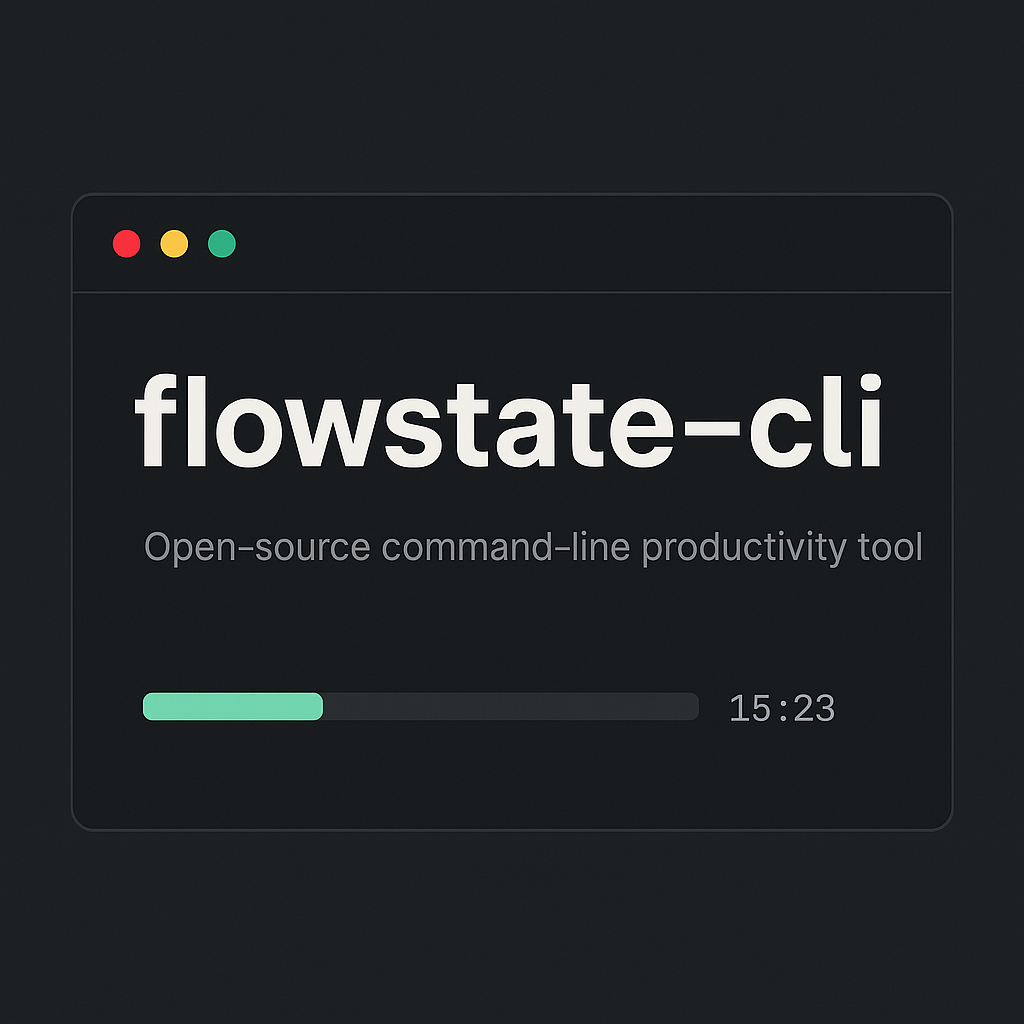Hi, I'm Rustu
Latest Projects

Lunyn
Institutional-grade market data infrastructure with ultra-fast ITCH parser performance and real-time risk management.

FlowState-CLI: Lightweight Productivity for Terminal Users
A lightweight, terminal-based productivity tool with self-hosted task tracking, Pomodoro timers, and hybrid cloud sync - built for developers who live in the terminal

Deep Focus – Productivity Chrome Extension
A free Chrome extension combining Pomodoro timer, website blocker, ambient sounds, and focus reports to reclaim your attention and boost productivity.
About Me
Started at 12 setting up voice servers, now I build systems that handle millions of requests. From a Discord bot serving 15K users to trading infrastructure processing 107M messages per second - I love turning complex problems into elegant solutions that just work.
